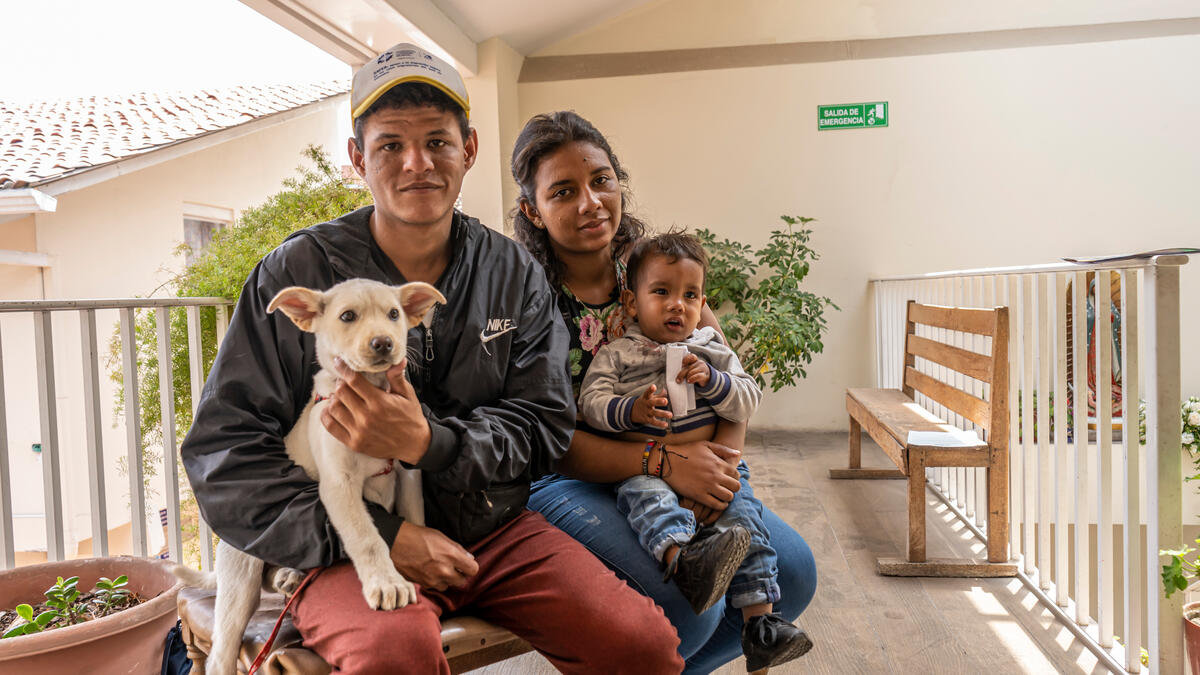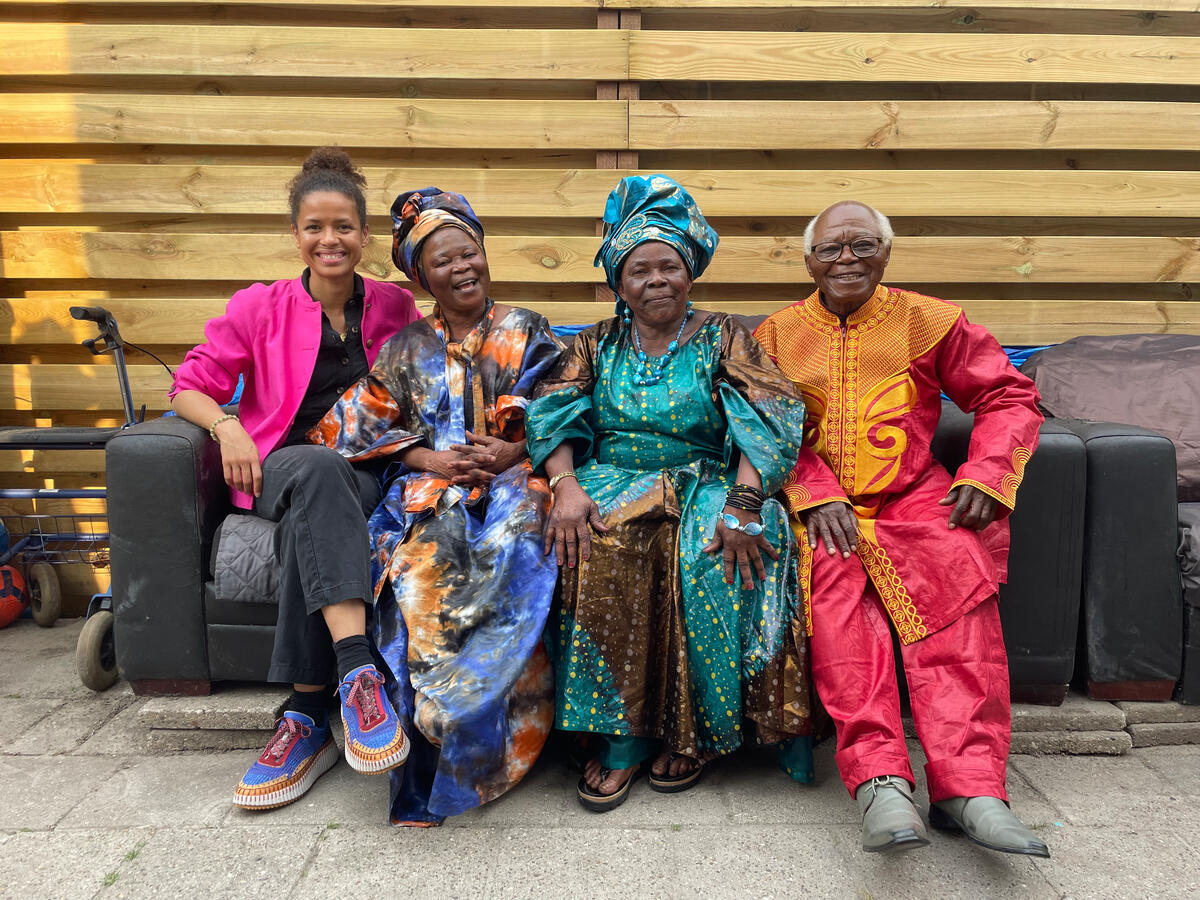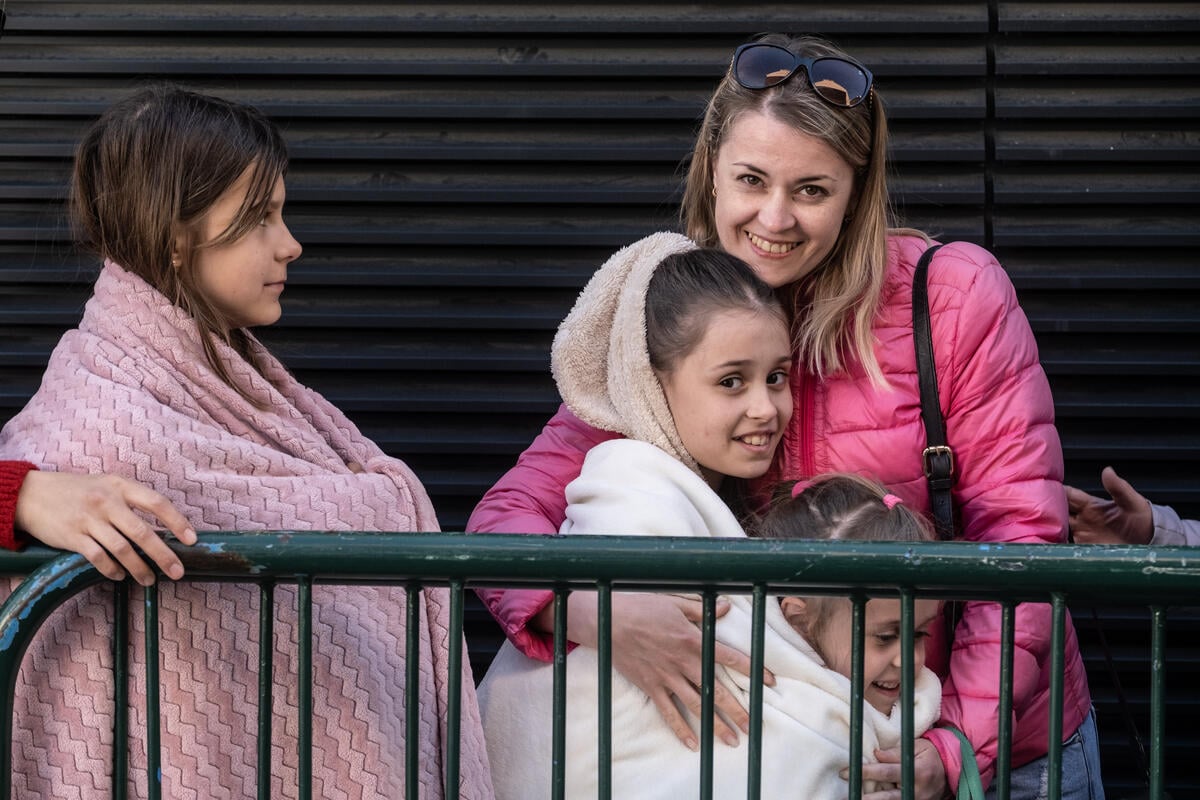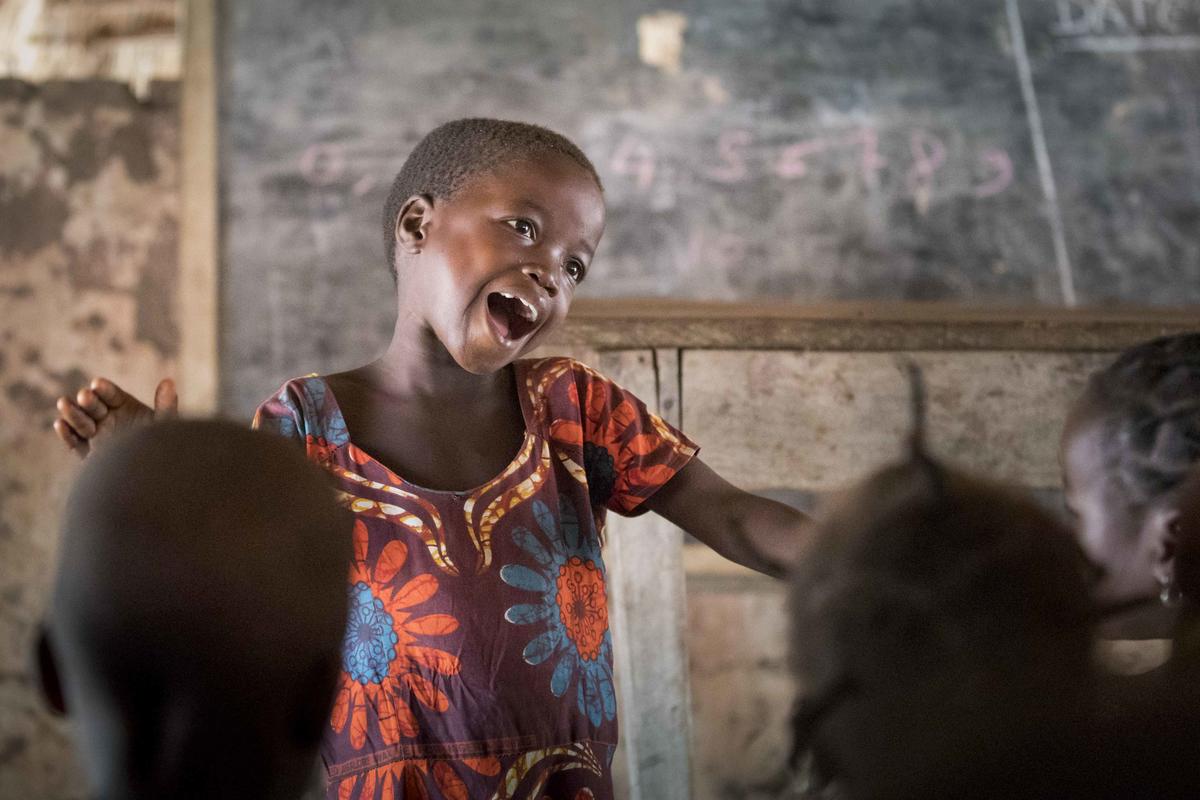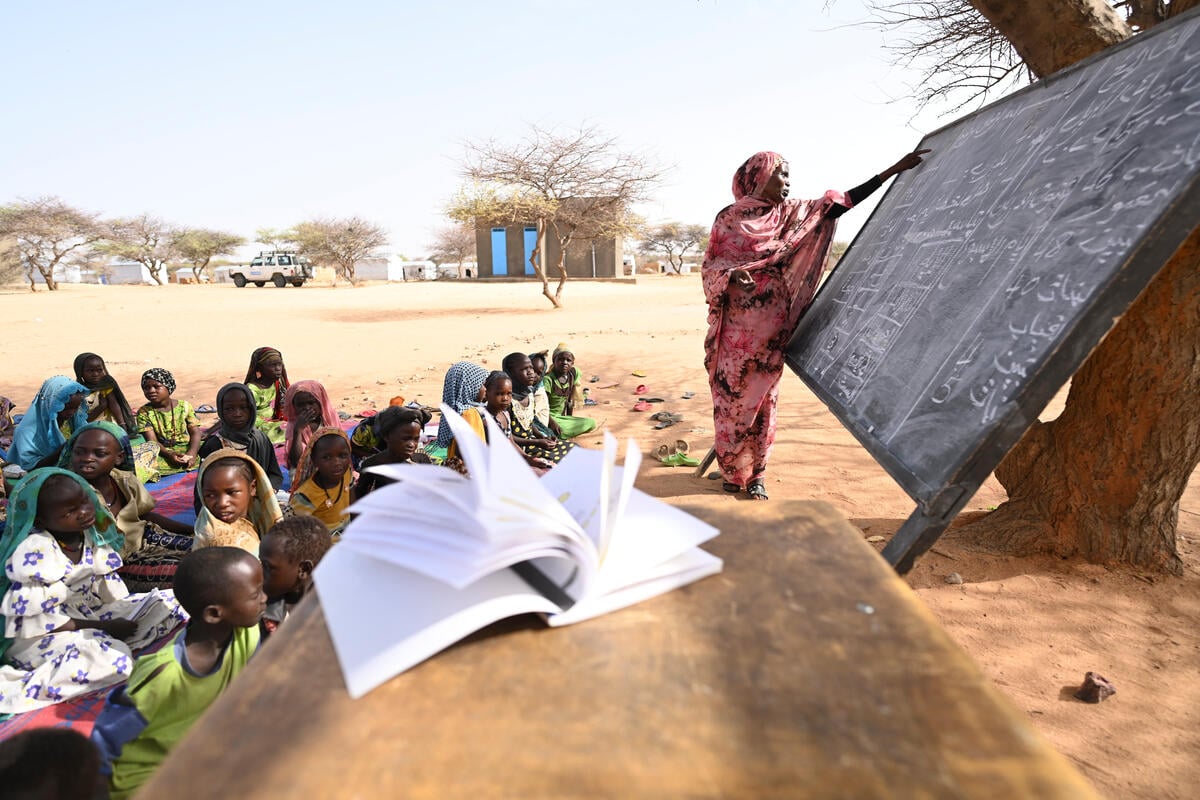Making the Connection

Making the Connection
It is said that "statistics are human beings with the tears dried off." Hearing about mass suffering can generate shock and concern. But it can also cause people to shut off. When the problem seems too big to contemplate, it can make big refugee crises feel impersonal, and take away the sense that something can be done.
But refugee crises are not just about numbers. They are about human beings. So when I was invited to speak on the TED Global stage in Rio de Janeiro, I knew I had a challenge. With a record 50 million people forcibly displaced worldwide, I could not avoid the big figures. At the same time, I wanted to make a connection; to showcase refugees' strength, to describe their resilience, and share the news that meaningfully helping them can help build a better future for us all.
To do this in 15 short minutes felt daunting.
It's a challenge our communications team faces every day. We need to find ways to connect the media and the public to the big stories of forced displacement, while also keeping a spotlight on individual people, and not just their misery, but their hope. We need to deliver information that informs people about the massive trends, but which also gets them to care, and ultimately to act.
I wanted to make a connection; to showcase refugees' strength, to describe their resilience, and share the news that meaningfully helping them can help build a better future for us all.
During my visits to refugee camps and settlements, I have always thought, "If they knew them, they would care." What if they met Hany, a Syrian refugee teen who – when given only minutes to decide what to take with him when he had to flee – chose his high school diploma? A talented young man who was on track to go to university and become an engineer, who realized that certificate held the key to his future. Who, after two years in a shack in a field in Lebanon, told me: "If I am not a student, I am nothing."
What if people knew about the bright 14-year-old Somali girl I met in a dusty, hot refugee camp in Djibouti? A girl who responded to my questions about her studies with, "I have no future. My schooling days are over." Because, I learned to my astonishment, there was no money for secondary education in the camp. What a waste of a mind, I thought. What a missed opportunity to educate a change agent for a peaceful Somalia.
Then there was Jacob Atem, a "lost boy from Sudan," who witnessed his village burn to the ground when he was just seven, losing his entire family. He spent seven years in refugee camps, but got his break when he was resettled to the United States. He found love in a foster family, and is now studying for his PhD in public health. He even raised enough money from the American public to found a health clinic back in his home village. What if people knew about him, and could see how helping someone can lead to so much good?
I decided it was their stories I wanted to tell in this TED talk. Through their words, I hoped to build a bridge of empathy, a connection with the individuals that survive the horrors of war and manage to escape.
But empathy alone is not enough. I also wanted to inspire people to act. To show how helping refugees is a strategic investment for a future of stability and peace. And how food and shelter is only part of that story.
I strongly believe we should be doing much more than simply helping refugees to survive. We must help them to thrive, through education and training. Because how we treat the uprooted will shape the future of our world. Who else but the victims of war hold the keys to lasting peace? Who else but the refugees who can stop the cycle of violence?
In my talk, I quote a young Syrian man who was one of the few survivors of a shipwreck on the Mediterranean. He said: "Syrians are just looking for a quiet place where nobody hurts you, humiliates you, kills you."
I think that should be the minimum.
How about a place of healing, learning and even opportunity?


